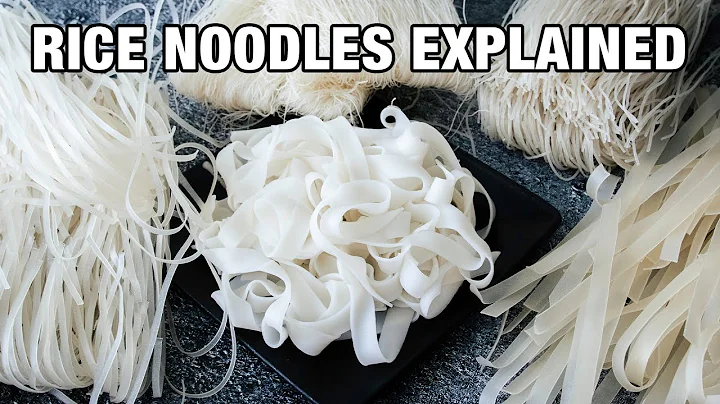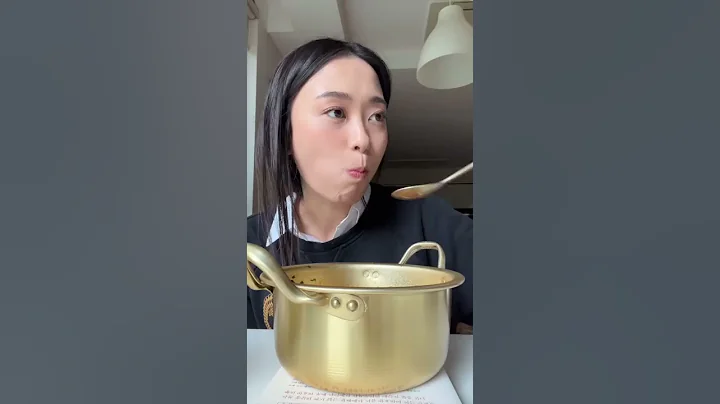sells children's clothing, we will encounter many mothers who ask for pure cotton fabrics when purchasing. Are other fabrics not good? How to tell which fabric is better? After reading this article you will be enlightened!
Children's clothing fabrics on the general market are divided into three grades: Class A, Class B, Class C,

Children's clothing levels
Class A: Infants and young children's clothes of size 100 and below are Class A, and the content of formaldehyde shall not exceed 20 mg per kilogram.
Category B: Products of sizes 110 and above that can directly contact the skin are Category B, and the formaldehyde content shall not exceed 75 mg per kilogram.
Category C: Products that do not come into direct contact with the skin, such as coats of sizes 110 and above, are Category C, and the formaldehyde content must not exceed 300 mg per kilogram.
Everything has more than one side, so fabrics have advantages and disadvantages. Let’s take a look at the advantages and disadvantages of various fabrics!
Cotton (general name for all types of cotton textiles)
Advantages: moisture absorption and breathability, heat preservation and heat resistance, skin-friendly and non-irritating
Disadvantages: easy to wrinkle, shrink, deform, sticky, non-elastic, easy to fade
Tips: Light-colored clothes can be soaked 1- The decontamination effect will be better after washing for 2 hours. Do not soak dark-colored clothes for too long to avoid fading. They can be washed separately from other clothes. You can add a spoonful of salt to the water to prevent fading. Except for white clothes, do not put clothes of other colors in the water. It will turn yellow when exposed to the sun. It is recommended to dry it with the inside facing out.
Hemp (a kind of plant fiber)
Advantages: Antistatic, antibacterial, fast heat dissipation, good color, breathable and moisture-absorbing, refreshing and moisture-repelling.
Disadvantages: Rough feel, not smooth and comfortable to wear, easy to wrinkle, poor drape.
Tips: The washing requirements for linen fabrics are basically the same as those for cotton fabrics. The water temperature should not be too high, and the soaking time should not be too long. It should be kneaded gently, not vigorously on a washboard, and avoid scrubbing with a hard brush to avoid lint. Do not squeeze or dehydrate hard after rinsing. When drying, the collars and seams of the clothes should be flattened and straightened. They can be dried in the sun, but do not expose them for too long to prevent fading.

polyester ( polyester fiber )
Advantages: good wrinkle resistance and shape retention, suitable for coats, strong elastic recovery, strong and durable, good heat resistance
Disadvantages: poor hygroscopicity, feeling stuffy when worn , easily charged with static electricity and contaminated with dust
Tips: Wash as you go, shorten the soaking time, avoid exposure to the sun, avoid vigorous rubbing during the washing process
Spandex (a kind of elastic fiber )
Advantages: Stretchability Large, good shape retention, and wrinkle-free; soft and smooth feel, best elasticity, comfortable to wear, considerate and fit
Disadvantages: poor moisture absorption, usually not used alone, but blended with other fabrics; poor heat resistance, not easy to fade
Tips: Soak in cold water for 15 minutes first. The temperature of lotion should not exceed 45°C. Dirty parts of the collar and cuffs can be scrubbed with a brush. Do not expose them to the sun or dry them.
Acrylic (artificial wool)
Advantages: Very soft , good warmth retention performance, excellent light resistance,
disadvantages: poor hygroscopicity, poor alkali resistance (pay attention to the alkaline nature of the detergent used), and easier to pilling.
Tip: Acrylic shirts tend to deform sideways. Don’t buy too big. Can be washed with ordinary detergent. After dissolving in hot water, soak the shirt for about 30 minutes and then wash it gently with your hands. To prevent deformation and fading, do not twist.
Nylon
Advantages: good wear resistance, good hygroscopicity, and very good elasticity.
Disadvantages: prone to static electricity, prone to pilling and fluffing after wearing for a long time, easy to deform and not stiff.
Tips: The cleaning water temperature should not be too hot, do not expose it to the sun, just open it through a vent.





















